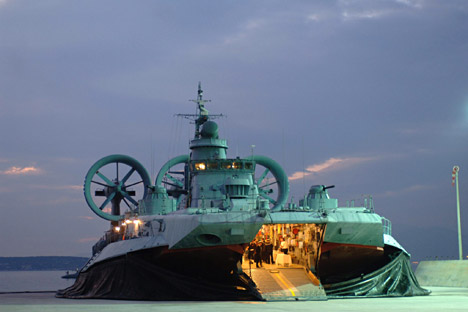Made for the job: 5 Russian special-purpose military vehicles
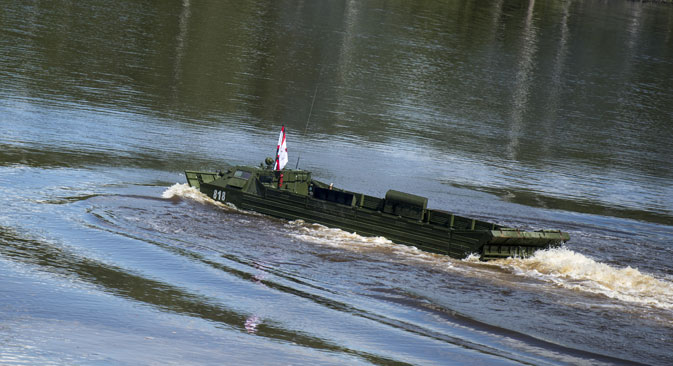
The BMR-3MA Vepr. Source: Vitaly Kuzmin / Wikipedia.org
Ria Novosti/Evgeny BiyatovBMR-3MA Vepr mine-clearing vehicle
The BMR-3MA Vepr ("Boar") mine-clearing vehicle has no equivalent outside Russia. It searches for and defuses mines in the snow, in the ground and on the surface, and is equipped to deal with radio-controlled explosives.
The Vepr is based on the a T-90 hull and is furnished with a deck cabin, a remote control system for mine rollers and an anti-aircraft machine gun. It has stocks of food, water, heaters and even a compost toilet, which allow the crew to act independently for three days.
GMZ-3M mining vehicles
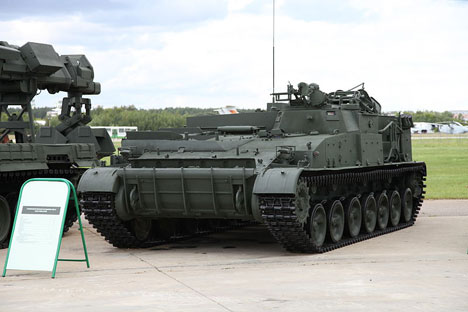
GMZ-3M. Source: Vitaly Kuzmin / Wikipedia.org
The first models appeared in the 1970s. The modern vehicles are equipped with a digital mine-indexing system, which creates a complete electronic map of mines and immediately sends the coordinates to the military unit that conducted the mining.
The vehicle also carries equipment that allows mine-arming devices to be disabled. In the future, the military will be able to activate and deactivate the mines remotely using the minesweeper's software.
IMR-2 combat engineering vehicle
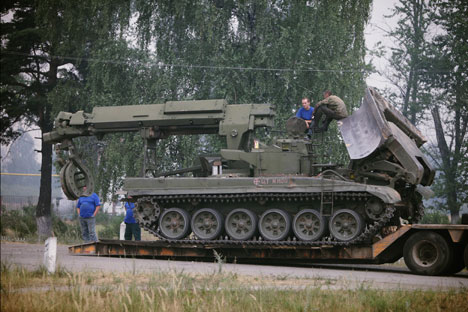
An armoured engineering vehicle (IMR) used by the Moscow Military District to fight wildfires in the Moscow Region. Source: RIA Novosti / Ruslan Krivobok
The all-purpose engineering vehicle IMR-2 is based on the chassis of a T-72A tank.
The vehicle moves forward at 12 km (8 miles) per hour in open terrain, and covers 300-400 meters in one hour in a wooded area.
The IMR-2 is operated by two people capable of living independently in the cabin for about three days. Due to its chemical protection, this is the only vehicle that operates efficiently in high radiation.
PTS-4 fifth-generation medium amphibious transport vehicle
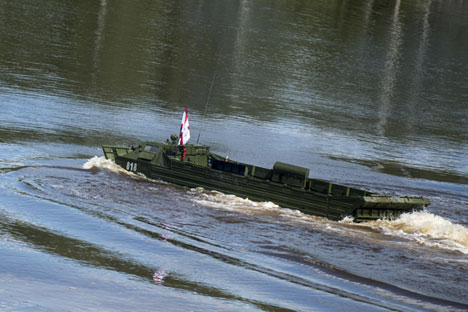
Amphibious transport vehicle PTS-4 on display at the ARMY-2015 international military technical forum held outside Moscow. Source: RIA Novosti/Ruslan Krivobok
Designed for transporting military equipment, personnel and cargo across water obstacles in landing operations, the PTS-4 passed state tests in 2011.
Thanks to its extended fuel tank, it can move for 10.5 hours on water or for 600 km (400 miles) on land.
TMM-6 vehicle-launched bridge system
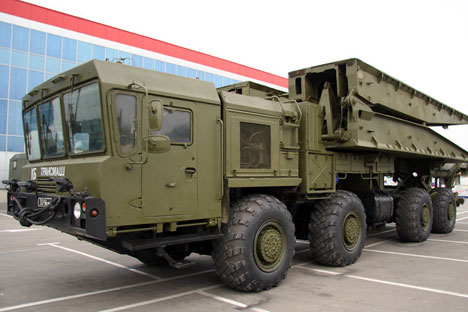
TMM-6. Source: Vitaly Kuzmin / Wikipedia.org
This mobile vehicle-launched bridge system can span cross water obstacles of a width of up to 100 meters and a depth of 5 meters. Such a bridge can withstand 60 tons of equipment.
Once installed, another vehicle moves onto the bridge and continues the installation of a new section until it reaches the shore. The installation is operated by one person located at the control panel on the vehicle’s stern. The installation time of one bridge unit is just five minutes.
All rights reserved by Rossiyskaya Gazeta.
Subscribe
to our newsletter!
Get the week's best stories straight to your inbox
